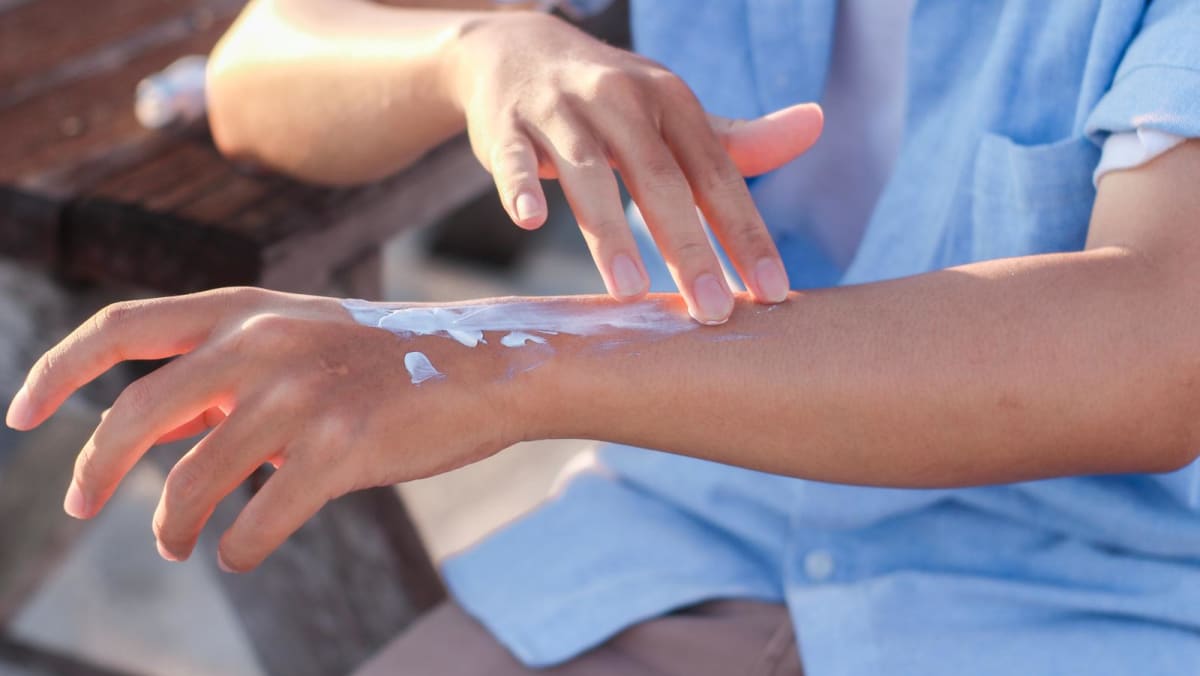It’s a day no man looks forward to: Looking in the mirror and admitting that his widow’s peak is real. Or feeling the breeze on the crown of his head.
Up to half of men will experience some form of male-pattern baldness by 50, and still more after that. Though our genetics and hormones play major roles in hair loss, the exact mechanisms aren’t fully understood, which is why treatments to stem and reverse it remain imperfect, said Dr Arash Mostaghimi, vice chair of clinical trials and innovation in the dermatology department at Brigham and Women’s Hospital in Boston.
However, there are a few things you can do both before and after that fateful day comes. Here is what you need to know about what works, what’s new and what to avoid.
WHAT CAUSES MALE PATTERN BALDNESS
The average human head contains around 100,000 hairs. Each is connected to a follicle, which can hold one to five hairs.
“It’s basically its own organ,” Dr Mostaghimi said of a scalp follicle. “It has its own stem cells. It regenerates.”
Typically, men’s hair loss occurs because of an increase in an enzyme in the scalp that converts testosterone to a more potent form, called dihydrotestosterone (or DHT), Dr Mostaghimi said. The reasons that one man might have more DHT than another are not well understood, but it has a genetic component.
When men have too much DHT in their scalp, the hormone initiates a complex process that leads to hair miniaturisation, in which hairs and follicles begins to shrink. (This is why men frequently have finer hair or even peach fuzz where they are balding.)
This hair loss occurs in a predictable sequence: First around the temples, then at the crown of the head, where increased levels and activity of the offending enzyme and its modified testosterone are found, Dr Mostaghimi said. Hence the phrase “male-pattern baldness.”
HOW TO TREAT (AND PREVENT) HAIR LOSS
If you’re worried about hair loss, the first step is to make an appointment with a dermatologist. Dermatology is a big specialty; find a doctor who’s passionate about hair loss, said Dr Danilo C Del Campo, a dermatologist in Chicago who specialises in hair loss.
When should you go? Ideally, before you become really worried about your hair, the dermatologists said. That’s because medications are generally better at preventing hair loss than reversing it. “The earlier you start, the more likely you are to retain the hair that you have,” Dr Mostaghimi said.
THE FIRST-LINE MEDICATIONS
Dermatologists generally recommend two drugs approved by the Food and Drug Administration: Minoxidil and finasteride.
Minoxidil is the best known. “It does work to grow hair,” Dr Del Campo said – when patients apply it at least daily and preferably twice a day. It comes in a foam or drops. He recommended using a formulation without propylene glycol, which can irritate the scalp.
It takes a few months to regrow mature hair, but topical minoxidil doesn’t work well for everyone and experts said many dislike having to apply it so often. Also, as with any hair-loss treatment, if a patient stops taking it, he will lose any previous gains and his hairline will continue retreating, Dr Mostaghimi said.
Another option is taking minoxidil in pill form, an off-label therapy that some dermatologists have used for years. However, pills cause hair to grow indiscriminately, including on the beard or armpits, though it varies by patient, Dr Del Campo said.
Finasteride is approved in pill form for male hair loss with a prescription. Studies have suggested most men who use finasteride either maintained or improved their hair coverage over five years.
Taking oral finasteride holds a small risk of erectile dysfunction, Dr Del Campo said, which usually ends when a patient stops taking it. Still, he said, “That’s something I take seriously when discussing it with my patients.”
Finasteride is also available as a spray or drops. Topical formulations are not approved by the FDA but have become popular with online purveyors that may prescribe them using just an online survey. They’ve been shown to work with fewer side effects than the pill, Dr Del Campo said, but he stressed the importance of talking to a dermatologist before buying prescription drugs online.
Comparing finasteride to minoxidil gets tricky, as studies often measure outcomes differently. Minoxidil has gotten better marks for regrowing hair, while finasteride, Dr Mostaghimi said, is often seen as better for retaining it.
But there’s no reason to limit yourself. “It’s generally accepted that combination treatment works better than anything by itself,” said Dr Carolyn Goh, an associate clinical professor of dermatology at UCLA Health. That’s because these medications seem to work via different pathways and have different strengths.
SECONDARY THERAPIES
There are a few other options, but experts say they are not stand-alone therapies and should be used alongside medicines. One option is platelet rich plasma (PRP) injections. In this process, the blood of a patient is drawn, its plasma separated and injected back into his scalp.
It’s expensive, and patients typically undergo three or four primary sessions, followed by maintenance sessions every month, said Dr Del Campo.
One recent meta-analysis concluded that PRP had promise for some patients, but it was hard to say that with confidence, because the studies had all been performed differently. Experts like Dr Del Campo didn’t recommend it as a stand-alone treatment.
Another option is low-level laser light therapy – often in the form of helmets or combs. While there’s some evidence that stimulating the scalp with these devices may help to grow hair, said Dr Mostaghimi, they can be expensive, as much as US$2,500 (S$3,377). What’s more, it can be hard for consumers to tell the difference between legitimate medical devices and scams, he said; they should only be viewed as an adjunct to other therapy.
HAIR TRANSPLANTS
Some dermatologists consider hair transplants the gold standard of hair restoration. The technology has come a long way over the last 25 years from the days of hair plugs, doctors said. During a hair transplant, hair follicles are removed from one place and relocated where it is needed. This can be done either by removing a strip from the back of the scalp, or relocating individual follicles from around the head.
The process isn’t without its caveats. First, a transplant often doesn’t provide instant results. And the original hairline still continues to recede, so the skill of the surgeon is important. Patients will see the best results when they continue to use medication, too, Dr Goh said. Transplants also are the most expensive option, beginning at about US$7,000 and rising to multiples of that.
MISINFORMATION AND OUTRIGHT SCAMS
There are almost as many myths about baldness as there are fake remedies. Some people say wearing a hat too often can cause baldness, while others blame the lack of hats in cold weather. Both are untrue, Dr Del Campo said.
Some believe washing hair too much is the problem; others say it’s not washing enough. (Both are false, dermatologists said.) Some suggest a scalp sunburn can spur growth. (Don’t do this.)
Neither rubbing onion or garlic on your head will stimulate growth. (And they can irritate the scalp, said Dr Del Campo.)
Rosemary oil has gone viral on TikTok in the last few years. The evidence for its effectiveness is thin, dermatologists said. But Dr Del Campo said he’s fine with people trying it, noting that some products have additional chemicals that can cause allergic reactions.
Lastly, the role of heredity adds another layer of confusion. Should you look at your father or your mother’s father to see your future? Alas, neither is a perfect predictor. While genes play a major role in baldness, scientists say, they don’t foretell it with certainty.
Balding can begin at an earlier age over generations, Dr Goh added. A grandson can lose his hair years before his grandfather did, she said. “It can happen very young.”
Our hair is one of the ways we tell the world who we are – and it also affects how the world sees us. So its loss can cause a man real suffering. But, by starting an open conversation with a doctor as soon as the signs appear, it doesn’t have to be that way.
“There’s tons of options, and the future is very, very bright out there for someone who’s been dealing with it,” said Dr Del Campo. “They shouldn’t have to deal with it alone.”
By Christopher Solomon © The New York Times Company
The article originally appeared in The New York Times.














